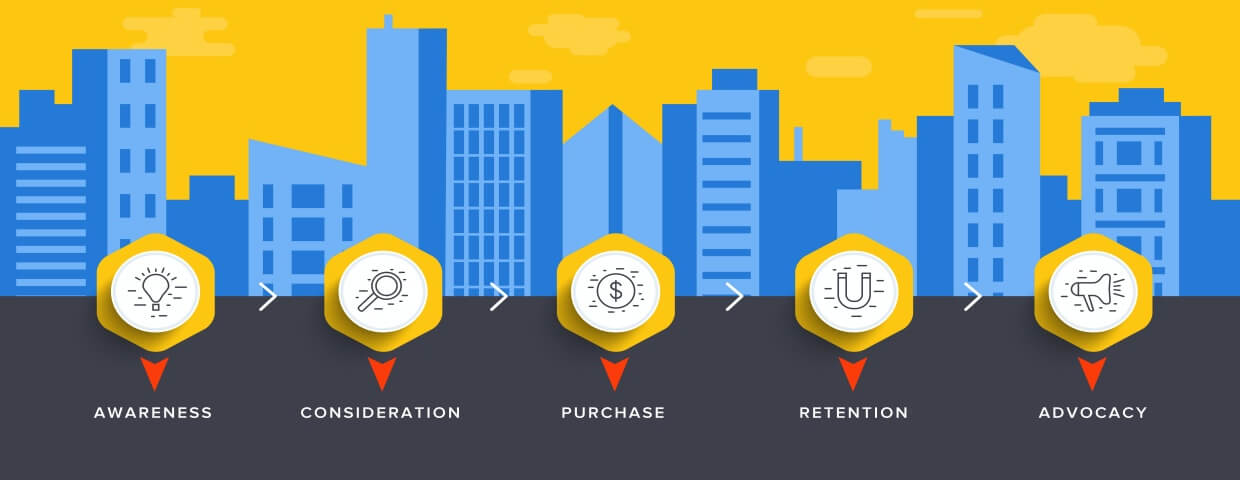At Tribute Media, we pride ourselves on our ability to be able to meet the web development and web marketing needs of B2B and B2C companies. General Cardiac Technology is one such company, and we want to tell you their story and the successes they have seen during their time as a client of Tribute Media.
Inbound Marketing Blog
Pillar pages are taking the web marketing world by storm. When we discovered that it not only created helpful information for potential clients but that it also had immense benefits for SEO purposes, we had to start implementing it. The results we’ve seen for clients have been astonishing (you can see one example of pillar content strategy here).
When I began blogging, I took the approach of purely factual and informative writing. Can I be honest? It was boring to write, and even more boring to read. Nobody cares to read blogs that are full of information and lack the human touch. Information is important, sure. However, it's how you present that information that determines its success. If you're looking to engage your audience more than you currently are, you've come to the right place.
Truth be told, I’ve never fancied myself a writer. I would classify myself as a reader--someone who enjoys reading fiction and non-fiction book, blogs, and stories. I’m not bad at writing, and I don’t dislike the thought of having to write a blog or any kind of content to be put on the internet, I just never thought of myself as a writer in the way I had perceived that title.
(
If you've ever tried talking with someone who doesn't seem to listen to you, you know how annoying it can be. You try to make a point, but they just run over it like a steamroller and talk about something that interests them.
Why is this so frustrating? Because, even if they don't mean to, these people send the message, "I only care about me. I don't care about you. You don't matter."
No one likes hearing this. Especially not potential clients--after all, why give money to someone who doesn't respect you? That's why it's so important to understand buyer personas and the buyer's journey--it helps you create content that tells customers, "We understand you, we value you and we have what you need."
Thanks to our guest contributor Jessica Fender of Online Writers Rating.
Search Engine Optimization (SEO) patterns have changed over the years. Regardless of whether you are a content creator or a planner, these things affect your everyday work. The latest trend to hit global search engines is the inclusion of “topic clustering” as a means to fight mechanical keyword optimization.
It’s no longer enough to simply abide by the logical rules of search engines – your content needs to have relevance and meaning. But how do we define topic clustering and how can we effortlessly implement it into already defined content planning strategies? Let’s take a look at some useful tips that can help you increase your ranking and traffic in no time at all.











